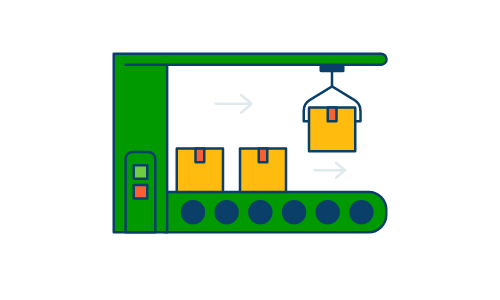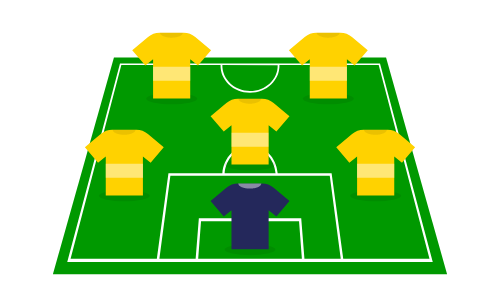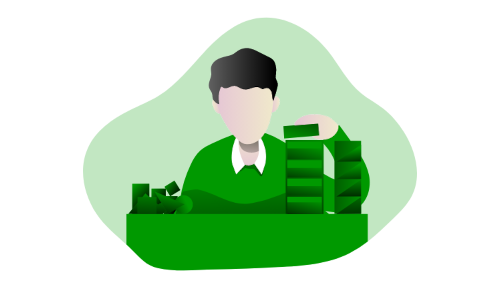Scratch, Inheritance or Composition
This post offersadvantages and disadvantages of writing code from scratch versus using objectoriented techniques. When approaching a softwareproject, the developer must determine the most appropriate method ofdevelopment. This involves many choices,including what objects are relevant, the classes for those objects, and whetherto code those classes from scratch, or to utilize object-oriented techniqueslike inheritance or …









